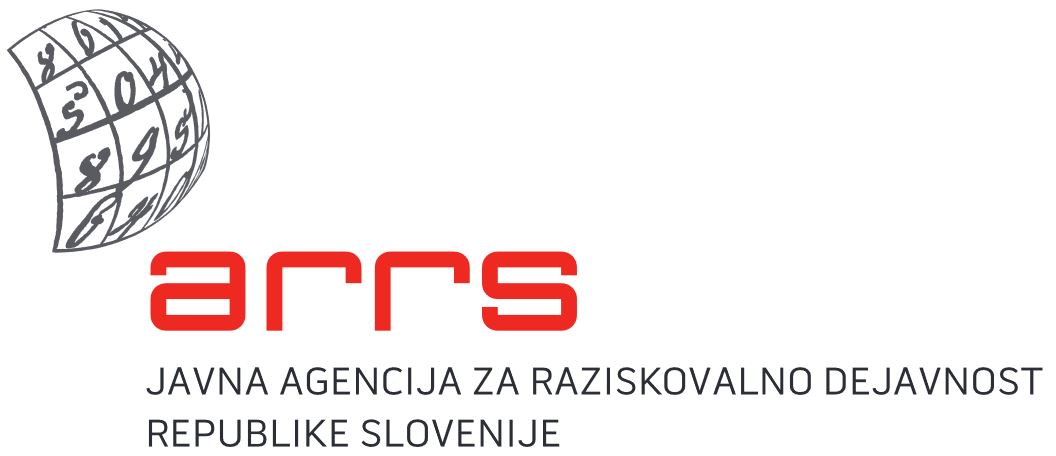Projects
Biotechnological Hub of the NIB (BTH-NIB)
The purpose of the investment project BTH-NIB is the assurance of the appropriate infrastructural conditions for the use of research and developmental opportunities in the fields of operation of the NIB.
Play Video About project Publication
High resolution physical-biogeochemical model and 20-year reanalysis of primary production in the Adriatic Sea
Project coordinator: Martin Vodopivec, PhD
Code: Z7-1884
Duration: 1.10.2019 - 30.09.2021
Project Z7-1884 is financially supported by the Slovenian Research Agency.
Project description
We will construct a coupled physical-biogeochemical model of the Adriatic Sea to run a 20-year reanalys of primary production and phytoplankton community composition. The reanalysis will surpass previous similar research in resolution, complexity and accuracy. We will use a 30-year long record of physical, chemical and biological observations in the Gulf of Trieste to construct our model and constrain the model parameters. We will also incorporate in situ observations from other locations in the Adriatic Sea, which are available from publications and data sharing networks. With the unification of in situ measurements, model results and satellite chlorophyll data we will construct a long term spatially homogeneous reanalysis of primary production and phytoplankton composition. Previous work, performed by our colleagues from Marine Biology Station of the National Institute of Biology, shows that the relation between chlorophyll concentration and primary production strongly depends on the phytoplankton community structure. Using in situ measurements, satellite data and model results, we will deduce an optimized algorithm for estimation of primary production from satellite measurements of ocean color in temperate coastal areas. We will also consider some basic data assimilation techniques in preparation for full scale satellite Chla assimilation which will be implemented after the end of the project. Our results will elucidate the mechanisms controlling the primary production and phytoplankton community composition in the area, explain the general role of small scale processes on net primary production and improve primary production estimates from satellite data. The gained knowledge will help us estimate the production capacity of the system and the limits of responsible use. As primary production acts as a carbon pump, a good estimation is necessary for evaluation of the rate of climate change. The new tool will form the base for research of higher trophic levels and the model could be used for forecasting purposes, fisheries and marine protected areas management and for evaluation of impacts of future climate scenarios. New data on the influence of small scale processes on primary production will improve global primary production estimates and parametrization in coarse resolution models (Earth System Models).
Information about the project
Project description
We will construct a coupled physical-biogeochemical model of the Adriatic Sea to run a 20-year reanalys of primary production and phytoplankton community composition. The reanalysis will surpass previous similar research in resolution, complexity and accuracy. We will use a 30-year long record of physical, chemical and biological observations in the Gulf of Trieste to construct our model and constrain the model parameters. We will also incorporate in situ observations from other locations in the Adriatic Sea, which are available from publications and data sharing networks. With the unification of in situ measurements, model results and satellite chlorophyll data we will construct a long term spatially homogeneous reanalysis of primary production and phytoplankton composition. Previous work, performed by our colleagues from Marine Biology Station of the National Institute of Biology, shows that the relation between chlorophyll concentration and primary production strongly depends on the phytoplankton community structure. Using in situ measurements, satellite data and model results, we will deduce an optimized algorithm for estimation of primary production from satellite measurements of ocean color in temperate coastal areas. We will also consider some basic data assimilation techniques in preparation for full scale satellite Chla assimilation which will be implemented after the end of the project. Our results will elucidate the mechanisms controlling the primary production and phytoplankton community composition in the area, explain the general role of small scale processes on net primary production and improve primary production estimates from satellite data. The gained knowledge will help us estimate the production capacity of the system and the limits of responsible use. As primary production acts as a carbon pump, a good estimation is necessary for evaluation of the rate of climate change. The new tool will form the base for research of higher trophic levels and the model could be used for forecasting purposes, fisheries and marine protected areas management and for evaluation of impacts of future climate scenarios. New data on the influence of small scale processes on primary production will improve global primary production estimates and parametrization in coarse resolution models (Earth System Models).
Information about the project


 Scope of NIB's accreditation is given in the Annex to the accreditation certificate and in the List of accredited methods for detection of GMOs and microorganisms – plant pathogens
Scope of NIB's accreditation is given in the Annex to the accreditation certificate and in the List of accredited methods for detection of GMOs and microorganisms – plant pathogens Holder of National Standard in the Field of Amount of Substance/Bioanalysis of Nucleic Acids/GMOs and Microorganisms
© 2023- National institute of biology, all rights reserved

